1. Water sales soared 8.9% over the last twelve months
2. …but symbols and indie c-stores are under-trading in the category
3. The total c-store smoothie market has dropped 3.4% – but brands are still busy innovating
4. Shoppers buying pure fruit juices are most likely to also grab chilled foods, bakery and snacks
5. Nearly half of drinkers want to consume less alcohol – but only one in nine do this by switching to soft drinks
6. Eco-minded brands aim to expand the market
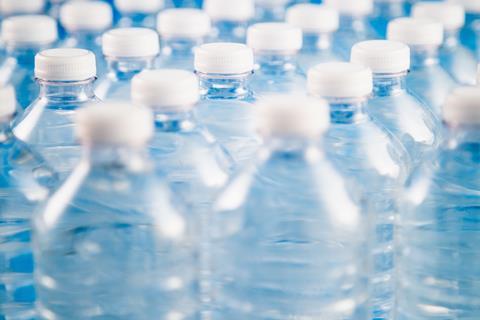
1. Water sales soared 8.9% over the last twelve months
Retailers searching for a fresh sales source could do worse than re-assessing their liquid assets.
Water has always been a well-established c-store category, accounting for 11.1% of soft drink shopper baskets [Lumina Intelligence]. And despite the cost-of-living crisis, H2O has surged forth in the last 12 months.
Alex Lawrence, senior strategic insight director at Circana, says that part of its popularity could be the relatively keen price when compared to carbonates.
“Water looks to be continuing to benefit from the lowest average volume price in the soft drinks market,” he says.
“Even as cost-of-living pressure reduces and inflation slows on other categories, notably carbonates, water’s volume share growth accelerates.”
Reena Bilakhia, head of channel development at Britvic Soft Drinks, says price is a prime factor. But it’s not the whole story.
“Water is one of the lowest pence-per-litre categories,” she says.
“There’s probably an element of people trading into hydration either because it’s healthier and cheaper. The more stringent budgeters could be saying ‘I’ll just get it from the tap’. But for an on-the-go mission you can’t just go to the shop and fill your glass! “
Whatever the reason for 2024’s fast-flowing volume, Nishi Patel from Londis Bexley Park toasts his customers’ thirst for water.
“We recently expanded our range because we wanted to look at our growth areas in the store and find something we could expand and make bigger and better. And that was our drinks,” he says.
Interestingly, Nishi’s seen a lot of movement in his high-end H2O lines. With this in mind he makes sure that he stocks everything from the cheaper to more expensive products to ensure customers are offered quality at every price point.
“The high-end waters do really well for us,” he says.
“One of our biggest sellers is the Fiji [Artesian water] Sport and the Fiji one point five litre. The price point doesn’t put people off. It’s more about the brand and the benefits of having that water,” he says.
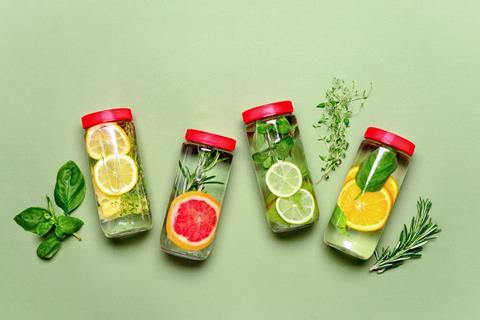
2. …but symbols and indie c-stores are under-trading in the category
The water wave is certainly buoying retailers. But are symbols and independents missing a big opportunity? While volume in major multiple convenience is up 11.3%, and supermarkets 4.3%, in symbols and indies it lags at 0.2% [Circana].
“Symbols and independent retailers need to re-balance their range of soft drinks to address the under-trade and under-performance in waters,” says Circana’s Alex Lawrence.
“The strong volume share growth of major multiple grocer convenience shows there’s a big convenience growth opportunity for waters, which symbols and independents need to capitalise on.”
One way to win share may be to capitalise on the trend for flavoured waters, which is helping add excitement to the category.
“We’re seeing double-digit growth in products that provide a water base with a hint of flavour,” says Bilakhia.
“There will naturally be some people who just say water’s plain and boring. So they want some flavour too, and that’s what’s driving the flavour hydration space.
“It’s driving trade-up because the more flavour you add, the more value retailers can get.”
Sue Nithyanandan, of Costcutter Epsom in Surrey, certainly sees the potential.
“Our flavoured waters do very well and there’s just so much choice out there right now,” she says.
“For example, coconut water is suddenly very popular for us. The premium waters like Dash tend to sell well too. Plus Volvic have brought out the sparkling cans – like the Touch of Mango Passion. They are doing phenomenally well.
“Water is obviously very popular all round – especially when the sun comes out,” she says.
Taste goes beyond water to influence other non-carbonate categories too.
“Twenty-twenty-three was all about flavour, and we expect that to continue. [Shoppers] have increasingly broader horizons when it comes to food and drink, with consumers looking for products that give them the opportunity to experience new flavours, cuisines and cultures,” says Jonathan Kemp, commercial director at Barr Soft Drinks.
He says this is great news for c-store stalwart Rubicon.
“While the growth of the stills and juice drinks category has slowed down, Rubicon Still juices have recorded 20% year-on-year growth, with Rubicon’s volume share of the still and fruit drinks category up 25% vs last year [Circana | Value Sales | All outlets |52 w/e 14th October 2023],” he says.
Last month, Rubicon Spring launched a Pink Grapefruit Blood Orange flavour to meet taste demand.
“New flavours are always a significant driver in the soft drinks category, particularly in still juices. There’s been a notable increase in demand for pineapple-flavoured drinks over the last year or so,” he says.
“The move of Rubicon 2L into [the] core soft drink aisle in some grocery stores has also been a huge win for the brand, as it is no longer solely sited in world foods. This has driven penetration of new shoppers and incremental sales to the core soft drinks category.”
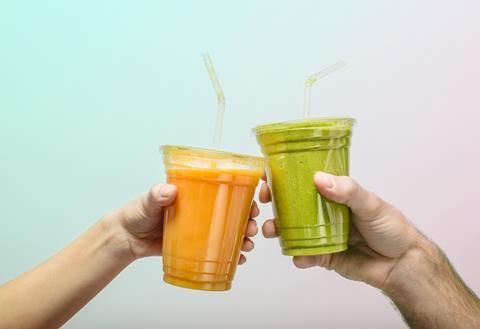
3. The total c-store smoothie market has dropped 3.4% – but brands are still busy innovating
Once the darling of the soft drinks chiller, smoothies seem to be hitting a rough patch. Yet this might mean that the fruit-and-veg-powered sector is now ripe for reinvention.
Start-up brand Mockingbird Raw Press definitely think so – and are investing in getting their raw cold-pressed products to the fore.
After winning listings with every major grocer over the three and half years it has been in business, the brand now has its sights set on c-stores.
Max Coleman, head of out of home sales at Mockingbird Raw Press, says that the brand is now available through most c-store wholesalers, from Booker to Nisa and AF Blakemore.
“Convenience is becoming a really important part of our business,” he says. “I think it’s probably one of the biggest growth opportunities for us and I think what’s next is getting convenience retailers to understand how important it is to have that premium offering.”
Coleman explains that in smoothies, like many grocery categories, mid-ranked brands are losing share to both the budget and premium ends of the market. And despite tactical promos that’s where Mockingbird want to perch.
“People buy into us because of the quality of the brand and we have a much lower volume [of product] of deal than some of our competitors,” he says.
Coleman maintains that the time is right for Mockingbird because of the backlash against ultra-processd foods and the fact that even relatively affluent families still aren’t getting their five a day. He explains that, unlike other smoothies, Mockingbird isn’t heated which creates a less sickly-sweet flavour profile and retains more nutritional goodness.
“People are more busy than they’ve ever been,” he says. “So providing that raw experience and functionality that get more fruit and veg into people’s diet is really important.”
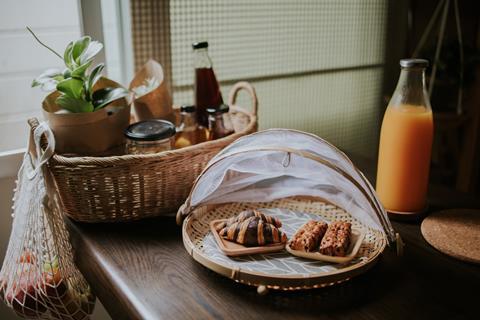
4. Shoppers buying pure fruit juices are most likely to also grab chilled foods (51.5%), bakery (41.1%) and snacks (38.6%)
Soft drinks is the number one category shopped on a c-store food-to-go mission. And according to the stats the public seem to have decided that juices and smoothies go great with food.
“Juices always do well with our food-to-go offer on a meal deal,” says Nishi. “Also, in the morning our price-marked juices go out the door fast.”
Despite this, pure juice is faring poorly in convenience, according to Lawrence.
“Pure juice has not performed well in the symbols and independents channel with value sales now down on last year in the last 12 months, by 1.1% with no signs of a recovery,” he says.
“Volume has dropped off sharply in pure juice, offsetting average volume price gains completely.”
This signals that brands are having to squeeze their marketing pips to generate more sales. For example, Tropicana’s £3.5m Not All Oranges are the Same campaign aims to highlight the quality and taste which sets it apart.
The campaign emphasises the fact that Tropicana picks only the best four varieties of orange out of over 60 for the best taste, hoping to put shoppers off buying cheaper brands.
Elsewhere, Ribena enjoyed 7% volume growth in the last 13 weeks of 2023 [Nielsen, Total Coverage inc. Discounters - WE 30/12/23}, showcasing how the brand can chime with a rosier consumer outlook.
“Economic strains have pushed customers toward value – but not at the cost of enjoyment,” says Matt Gouldsmith, channel director, wholesale at Suntory Beverage & Food GB&I.
“We can confidently say that the opportunities in the soft drinks category are vast. In fact, we recently released some research that looks at the last ten years of soft drink sales and uncovers, for the first time, the true effect of Covid-19 and how this feeds into the category for the future. The outlook is bright: soft drink sales are growing faster now than they were pre-pandemic [Kantar Global Data: UK Total mkt value & volume 10-year view & UK population].
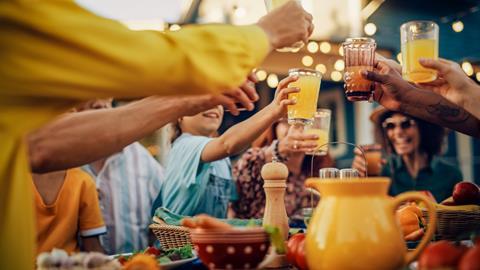
5. Nearly half of drinkers want to consume less alcohol – but only one in nine do this by switching to soft drinks
The Gen Z-led trend for cutting down on booze should be a boon for non-carbonated soft drinks. Yet there’s still potential for retailers to make more of this sober market in-store.
“With the saturation of the alcohol alternatives market, new unique flavours have become especially popular within the category and are a key trend to consider for attracting consumers,” says Milly Tuck, senior brand manager at Cawston Press.
“Cawston Press’ Pressed Juice range consists of the traditional favourite juices such as Cloudy Apple and Squeezed Orange Juice, but also has additional flavours such as Apple & Rhubarb, Apple & Ginger and Apple & Elderflower to provide wider choice and variety to the alcohol alternatives market.
“The array of flavours are ideal for attracting those consumers who are choosing to opt out of alcoholic drinks.”
Tuck notes that its Sparkling Juice Drinks range has continued to outperform the market [Flavoured Carbonates <601ml], up 7.3% in the last 12 weeks with the best-selling SKU, Sparkling Rhubarb, outperforming the market by 45% in the last 12 weeks [Flavoured carbonates <601ml L12 wks 08.04.24].
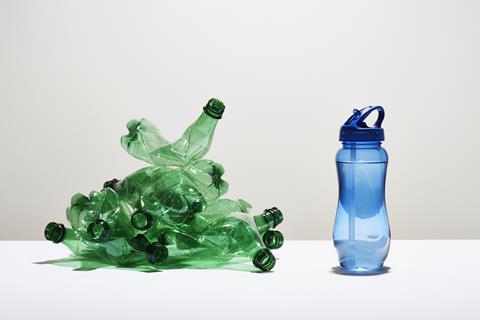
6. Eco-minded brands aim to expand the market
If their Instagram ubiquity is anything to go by, Stanley Cups are set to be this year’s summer status symbol. And though their popularity has plenty to do with paid influencers, it does prove that the push towards soft drink sustainability is real.
“People say that [the Stanley Cups] are so expensive to buy!” says Sue. “I have seen people with them but they’re not affecting my water sales yet.”
In the category new players are aiming to bring this eco sensibility to the shelves.
“Here at Re:Water, we haven’t changed the product, we have changed the bottled water industry,” says Ben Richardson, co-founder at Re:Water.
“By introducing 100% recycled aluminium bottles we have already removed 160 thousand tonnes of plastic from the eco-system.”
Richardson says that The National Trust, Pret and M&S have already shifted to the brand as organisations come under pressure to ditch single-use plastic.
“Retailers need to continually recognise the use of reusable bottles and the impact that this is having on the market,” says Richardson.
“[They] can maximise sales in the category by highlighting those bottles that help with the problems of climate change and damage to the environment.”
Newly launched water brand NEO WTR also have sustainability at their source.
“It is now vital for convenience stores to provide affordable and eco-friendly plastic bottle options that can satisfy consumer demands without harming the environment,” says Nigel McNally, managing director at NEO WTR.
NEO WTR works with a partner which provides full end-to-end traceability of the entire collection and recycling process for Prevented Ocean Plastic, from origin coastlines to the final production-ready material (flake or pellet). It also ensures social equity by guaranteeing bottle collection provides a reliable income option for its collectors.
“We plan to support NEO WTR’s launch into wholesalers and convenience stores nationwide this June with marketing that really speaks to our proposed demographic of environmentally aware water drinkers,” says McNally.
“With hopes for a warm, dry summer, we anticipate strong sales growth in bottled water, confident that consumers can choose products that support a healthier planet and align with emerging consumer trends.”
Also in sustainability, Robinson’s Fruit Shoots has worked with the National Autistic Society to help neurodivergent children and their parents manage the transition to a new easier-to-recycle sports cap.
The campaign achieved an earned media reach of more than 1.5 million people, plus a social media reach of four million.



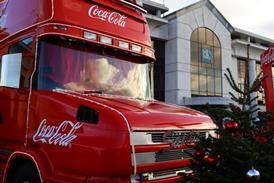





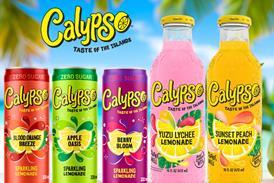

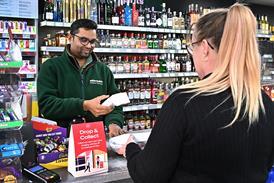








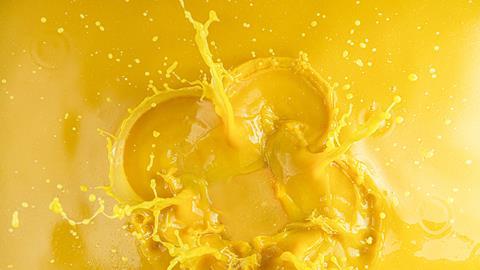
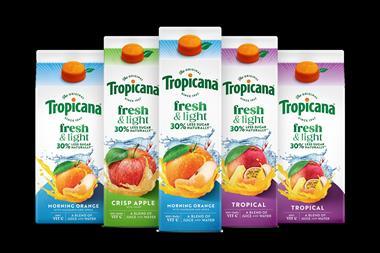

![Volvic_Still_TOF_horizontal_cherry_MASTER-3[50]](https://d2dyh47stel7w4.cloudfront.net/Pictures/380x253/3/8/4/350384_volvic_still_tof_horizontal_cherry_master350_799930.jpg)

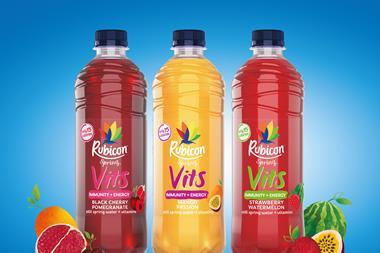

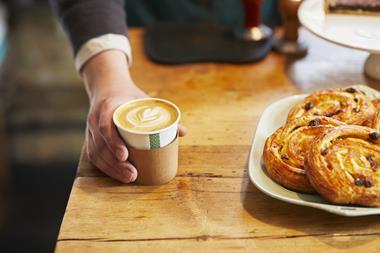




No comments yet